Maasai Tribe Facts, Culture and Village Visit Information
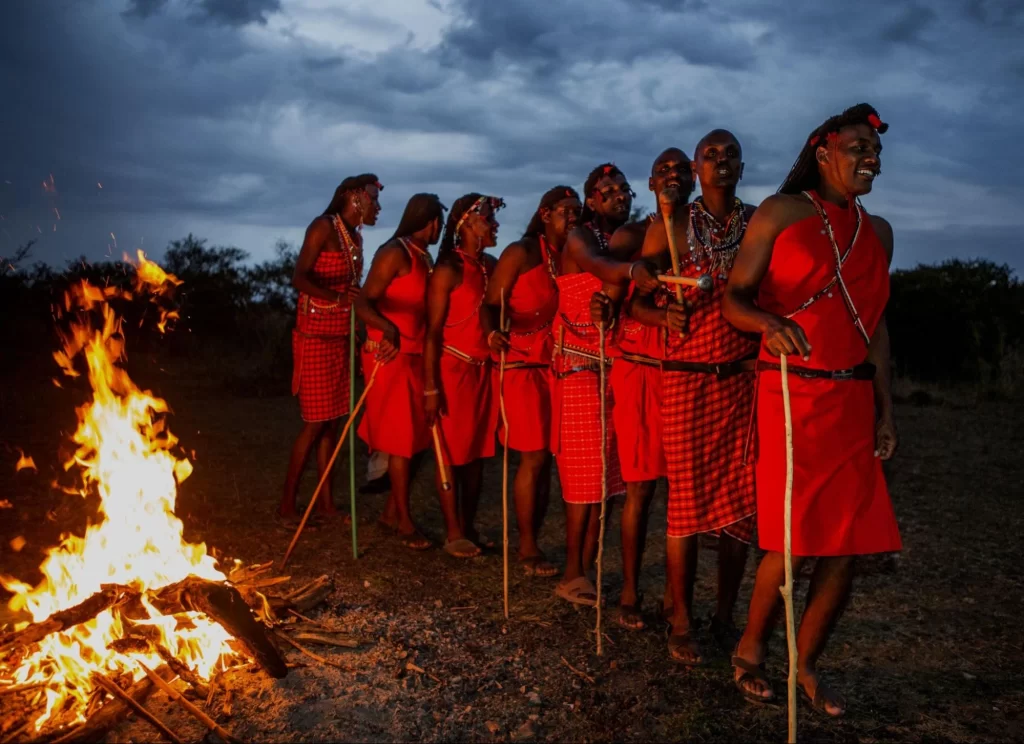
The Maasai are a Nilotic ethnic group who are indigenous to East Africa. They are believed to have originated in what is now southern Sudan and to have migrated to their present-day territory in Kenya and Tanzania over the course of several centuries. The Maasai have a long and rich history in East Africa, and their cultural traditions and way of life have been shaped by their close connection to the land and their role as semi-nomadic cattle herders.
In most cases, our Masai Mara safari packages from India include a masai village visit to learn about their culture and traditions. So, in this article, James Gatheru, our senior Masai Mara safari consultant, shares all the information you need to know about the Masai tribe. But before then, let us share our contact details and how you can reach us to plan the best safari to the Maasai Mara.
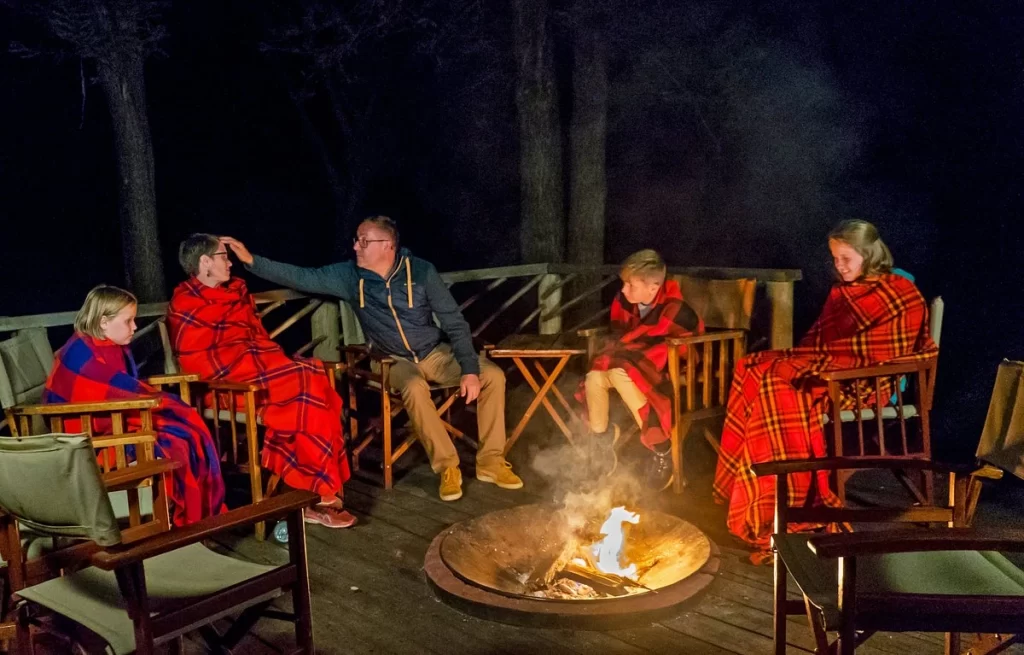
Contact Us to Start Planning or to Book Your Masai Mara Safari Package
We invite you to connect with us via phone or WhatsApp at +254-748-258-880. You can also reach us via email at james@ajkenyasafaris.com or safarioffers@ajkenyasafaris.com.
We promise to plan the best Masai Mara safari packages for you with a visit to a Masai village for cultural tours.
Facts About the Maasai Culture
The Maasai people have a rich cultural heritage and are known for their strong cultural traditions and their close connection to the land. Some of the key aspects of the Maasai culture include:
- Cattle herding: The Maasai are semi-nomadic people who traditionally relied on cattle herding as their primary means of livelihood. Cattle are an important source of food and wealth for the Maasai, and they play a central role in Maasai cultural traditions and social structure.
- For Maasai People, Cows are wealth: Cows are an important source of wealth and status for the Maasai, and they play a central role in Maasai cultural traditions and social structure. Cows are an important source of food for the Maasai, and they are used for milk, blood, and meat. Cows are also an important source of wealth, as they are used as a form of currency and are often given as gifts to mark important events, such as weddings and initiations. The Maasai have a deep respect for their cattle and place a strong emphasis on the importance of caring for and protecting their herds. Cows are a symbol of the Maasai way of life and are an important part of Maasai cultural identity.
- Warrior tradition: The Maasai have a long history of warrior traditions, and young Maasai men traditionally undergo a rite of passage known as the “emorata,” in which they are initiated into adulthood and become warriors.
- Beadwork: The Maasai are known for their distinctive and elaborate beadwork, which is used to decorate clothing and other objects. Beadwork is an important part of Maasai cultural traditions and is used to mark important events and milestones.
- Singing and dancing: The Maasai are known for their elaborate singing and dancing, which are an important part of their cultural traditions and are used to celebrate important events and milestones.
- Strong sense of community: The Maasai place a strong emphasis on community and cooperation, and they maintain close connections with one another through their extended families and clans. They also have a strong sense of community responsibility and believe in the importance of working together to ensure the well-being of their communities.
- Close connection to the land: The Maasai have a deep respect for the natural world and believe that they have a special role to play in preserving the balance of nature. They have a close connection to the land and to their traditional way of life as semi-nomadic cattle herders.
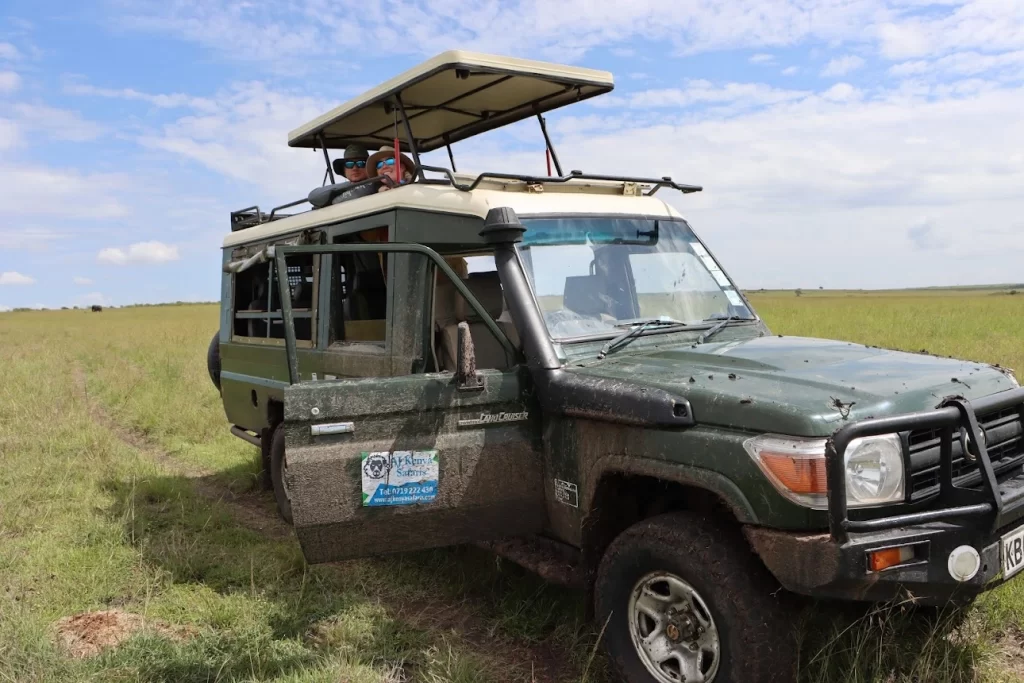
Initiation Rite of the Maasai people

In Maasai culture, the coming-of-age ceremony is known as the “emorata,” and it is an important rite of passage that marks the transition from childhood to adulthood. The emorata is a traditional Maasai ceremony that is typically reserved for young men and involves a series of rituals and initiations that are designed to prepare them for adulthood.
During the emorata, young Maasai men undergo a series of challenges and tests designed to test their physical and mental strength and to prepare them for their role as warriors. These challenges may include tasks such as running long distances, fighting with weapons, and demonstrating their ability to protect their communities.
Upon completing the emorata, young Maasai men are considered to be adults and are expected to take on the responsibilities and duties of adult members of the community.
The emorata is an important part of Maasai cultural traditions, and it is an integral part of Maasai life. It is a time for young Maasai men to celebrate their coming of age and to take on their new roles and responsibilities as adults in their community.

Maasai Music and Dance
Music and dance are an important part of Maasai culture, and they are used to celebrate important events and milestones, such as weddings, initiations, and other important ceremonies. Maasai music is typically vocal-based, and it is characterized by complex harmonies and intricate rhythms. Maasai music is also often accompanied by traditional instruments, such as the “olika,” a type of drum made from a hollowed-out tree trunk, and the “ngurari,” a type of horn made from an animal’s horn.
Maasai dance is an important part of Maasai cultural traditions, and it is used to celebrate important events and milestones. Maasai dance is typically characterized by elaborate footwork and rhythmic movements, and it is often accompanied by singing and music. Maasai dance is also used as a way for Maasai men to display their strength and skill, and it is an important part of the Maasai warrior tradition.
Maasai music and dance are an important part of Maasai cultural identity and are an integral part of Maasai life. They are used to celebrate important events, to mark significant milestones, and to express cultural traditions and values.
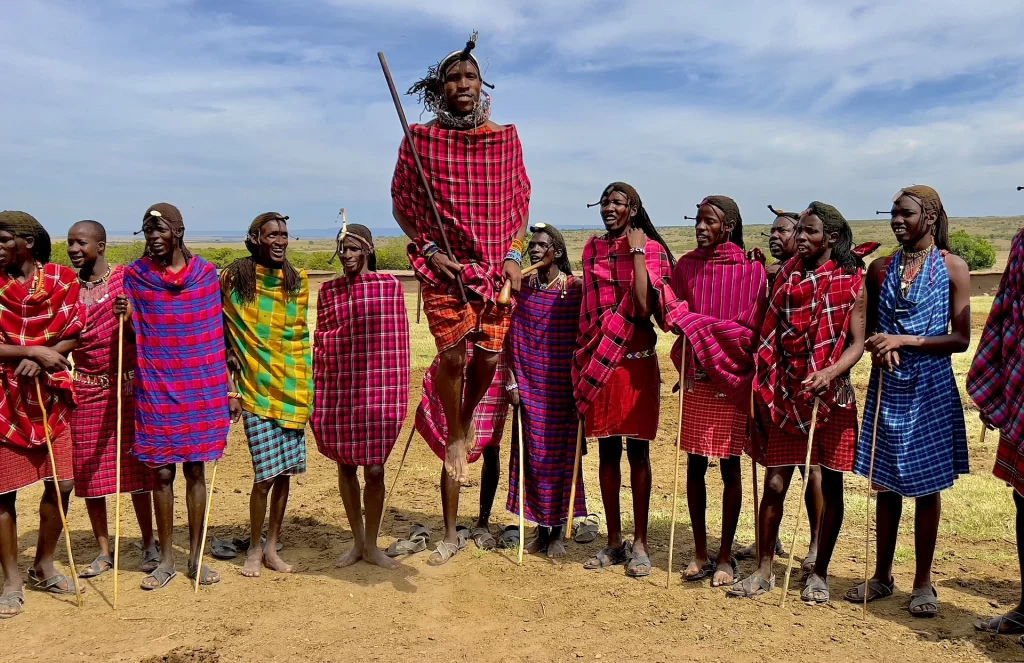
What is Maasai tribe famous for?
The Maasai are a semi-nomadic people who live in Kenya and Tanzania. They are known for their distinctive dress, which includes bright red and black clothing, and for their cultural traditions, which include cattle herding and a strict adherence to their traditional ways of life.
The Maasai are also known for their distinctive and elaborate beadwork, which is used to decorate clothing and other objects. They are also known for their strong sense of community and for their close connection to the land.
What Is a Maasai Tribe Village Visit?
Visiting a Maasai village can be a unique and enriching cultural experience. Many Maasai communities welcome visitors and offer tours or homestays, which allow visitors to learn more about Maasai culture and way of life.
During a visit to a Maasai village, you may have the opportunity to observe traditional Maasai activities, such as cattle herding and beadwork, and to participate in cultural activities, such as singing and dancing.
It is important to remember that the Maasai are a traditional society, and it is important to respect their customs and traditions when visiting a Maasai village. It is also important to be mindful of the impact of tourism on local communities and to ensure that your visit is conducted in a responsible and sustainable manner.
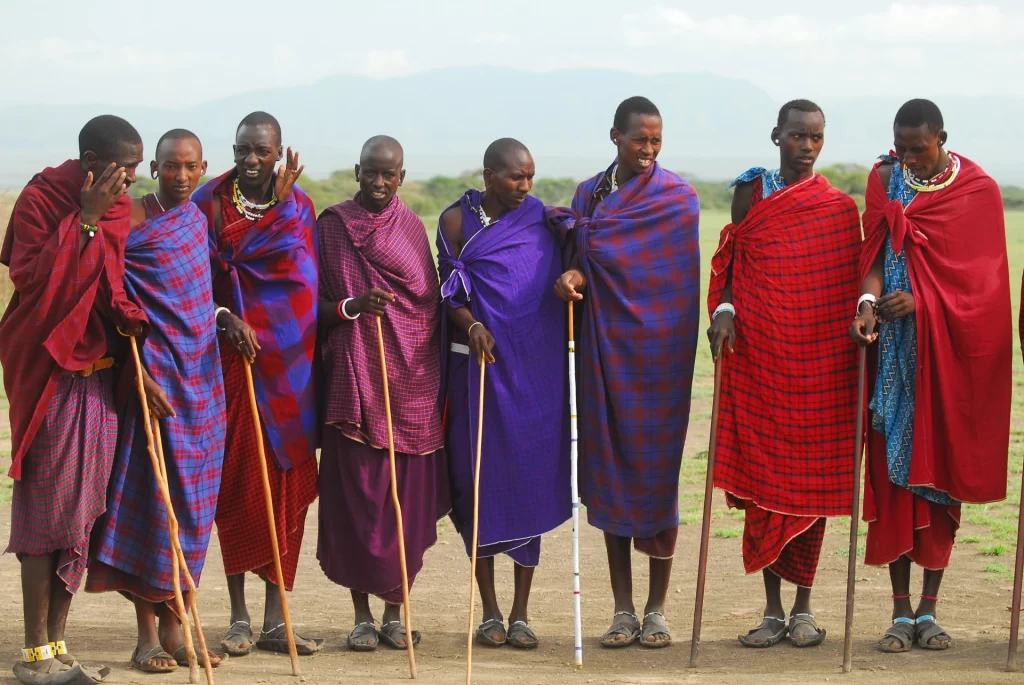
Where are the Maasai tribe from?
The Maasai are a semi-nomadic people who live in Kenya and Tanzania in East Africa. They are a Nilotic ethnic group, and their traditional territory encompasses large parts of southern Kenya and northern Tanzania.
The Maasai are known for their strong cultural traditions and their close connection to the land, and they have a long history in East Africa. In recent years, the Maasai have faced challenges as their traditional way of life has come into conflict with modern development and land use practices. Despite these challenges, the Maasai continue to maintain their cultural traditions and their close-knit community ties.
The Maasai are known for their warrior tradition, and young Maasai men traditionally undergo a rite of passage known as the “emorata,” in which they are initiated into adulthood and become warriors. The Maasai are also known for their elaborate singing and dancing, which are an important part of their cultural traditions and are used to celebrate important events and milestones.
What do the Maasai tribe eat?
The Maasai are a semi-nomadic people who traditionally relied on a diet of milk, blood, and meat from their herds of cattle, sheep, and goats. Milk and blood were often consumed fresh, while meat was often cooked over an open fire or dried for preservation.
The Maasai also supplemented their diet with grains, such as corn and sorghum, and with vegetables, such as beans and pumpkins. Today, the Maasai diet has become more varied, and many Maasai also consume processed foods and other Western-style foods. However, the Maasai still place a strong emphasis on the importance of milk, blood, and meat in their diet and in their cultural traditions.
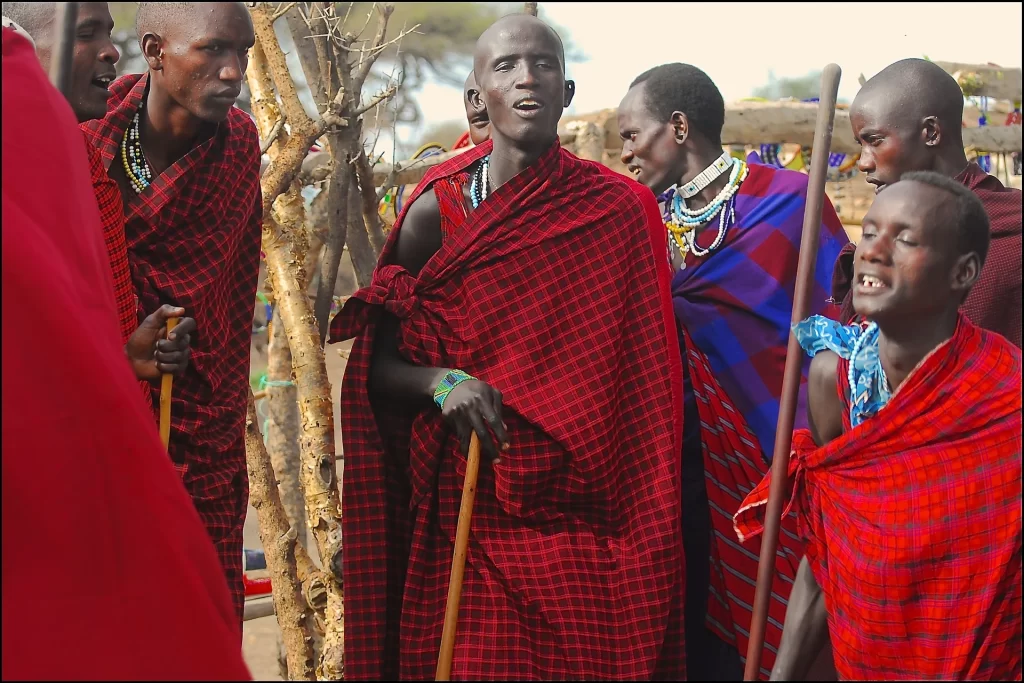
Are Maasai friendly?
The Maasai are generally known for their friendly and welcoming nature, and they have a strong tradition of hospitality. Visitors to Maasai communities are often greeted with great warmth and are offered food and other forms of assistance.
The Maasai value community and cooperation and they place a strong emphasis on the importance of relationships and social connections. In general, the Maasai are a peaceful people and are known for their strong sense of community and for their commitment to maintaining their traditional ways of life.
Who are the famous tribe of Kenya?
Kenya is home to a diverse range of ethnic groups, each with their own unique cultural traditions and ways of life. Some of the most famous tribes in Kenya include:
- The Maasai: The Maasai are a semi-nomadic people who live in Kenya and Tanzania. They are known for their distinctive dress, which includes bright red and black clothing, and for their cultural traditions, which include cattle herding and a strict adherence to their traditional ways of life. The Maasai are also known for their distinctive and elaborate beadwork, which is used to decorate clothing and other objects.
- The Kikuyu: The Kikuyu are the largest ethnic group in Kenya, and they are concentrated in the central region of the country. They are known for their agricultural traditions, and they have played a significant role in the economic and political life of Kenya.
- The Luhya: The Luhya are the second largest ethnic group in Kenya, and they are concentrated in the western part of the country. They are known for their agricultural traditions and for their strong sense of community.
- The Kalenjin: The Kalenjin are a Nilotic ethnic group who are found in the Rift Valley and Western provinces of Kenya. They are known for their strong athletic tradition, and many world-class runners come from the Kalenjin community.
- The Luo: The Luo are a Nilotic ethnic group who are found in the western and Nyanza provinces of Kenya. They are known for their strong sense of community and for their rich cultural traditions, including music, dance, and oral storytelling.
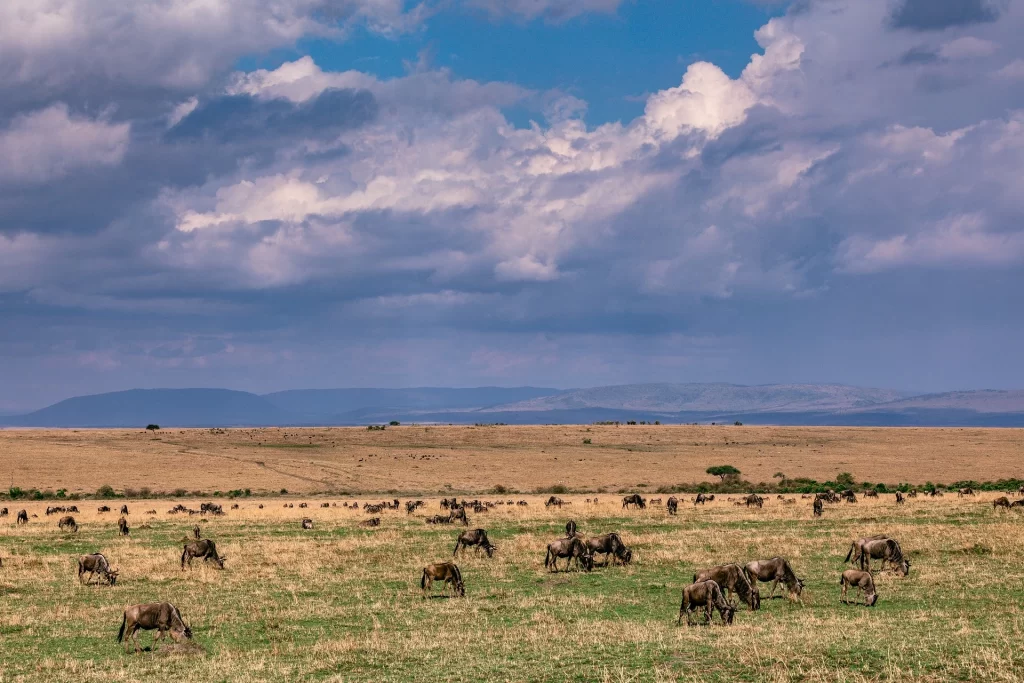
Where did the Masai originate from?
The Maasai are a Nilotic ethnic group who are indigenous to East Africa. They are believed to have originated in what is now southern Sudan and to have migrated to their present-day territory in Kenya and Tanzania over the course of several centuries.
The Maasai have a long and rich history in East Africa, and their cultural traditions and way of life have been shaped by their close connection to the land and their role as semi-nomadic cattle herders. Despite the many challenges they have faced, the Maasai have managed to maintain their cultural traditions and their close-knit community ties, and they continue to play an important role in the social, cultural, and political life of East Africa.
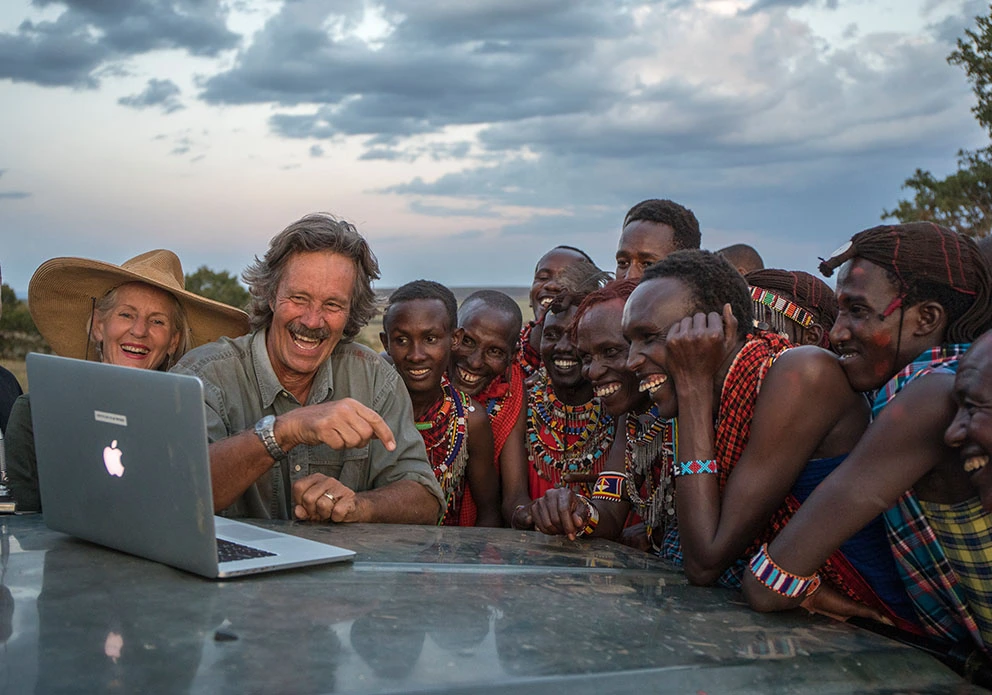
Do the Maasai eat raw meat?
It is a traditional Maasai practice to consume raw blood and raw milk from their livestock, such as cows, goats, and sheep. The Maasai believe that these foods are essential sources of nutrition and are an important part of their cultural traditions. The Maasai also consume cooked meat, and it is typically prepared by roasting it over an open fire.
It is not common for the Maasai to consume raw meat, and it is not a traditional part of their diet. However, it is possible that some Maasai may consume raw meat in certain circumstances, such as during times of food scarcity or as part of specific cultural rituals. It is important to note that the consumption of raw meat can pose health risks, and it is generally not recommended.

